Tanbaly
If you travel from Almaty in the opposite direction, to the west, instead of visiting the Charyn Canyon, you can come to Tanbaly.
The main thing is not to confuse Tanbaly and Tamgaly-Tas. Especially since Tanbaly is sometimes mistakenly called Tamgaly. And both places are generally similar, which is really confusing.
In short, Tamgaly-Tas is located north of Almaty. There, rock carvings depicting Buddha are carved on the stones and are believed to date back to the 17th century. Modern poo, in other words.
However, just Tamgaly (or Tanbaly) is located to the west. There, ancient rock carvings dating back to the middle of the Bronze Age are carved on the stones. This is 1300 BC!
The rock carvings are called petroglyphs, from the Greek word “petros”, which means “stone”. Yes, it is from this word that the name Peter originated.
You can only get here by car. Tours are much less frequent than to the Charyn Canyon. Tanbaly is located outdoors in a field, and the summer heat is unbearable, so there are few tourists. But even taking a taxi is not easy because no one understands where to go. You say, “I want to go to Tanbaly.” They ask again: “Where the drawings are?” — “Yes, where the drawings are, not the Buddhist ones, but the others.” They look at you like you’re crazy: “So, do you mean Tamgaly or what?”
The locals themselves are generally unaware that there are ancient rock carvings dating back 4,000 years near Almaty. The taxi driver who brought me here went on a tour with me and was shocked. He probably went home and told everyone that Kazakhstan is the cradle of civilization.
Yes, that’s it. Just a field in the middle of nowhere.
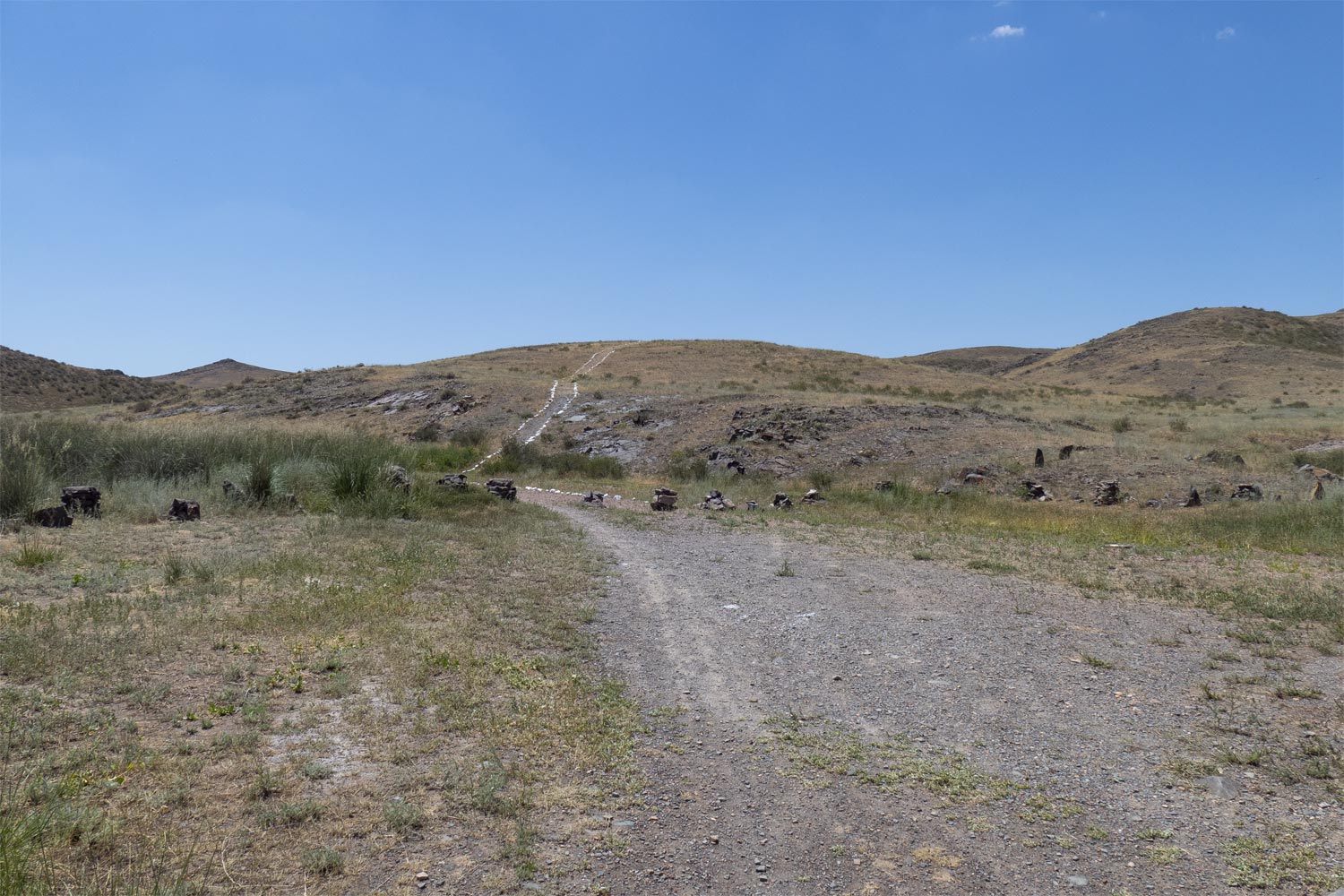
Behind the low hills, a path begins with signs. There are piles of polished stones on the slopes. Nothing unusual.
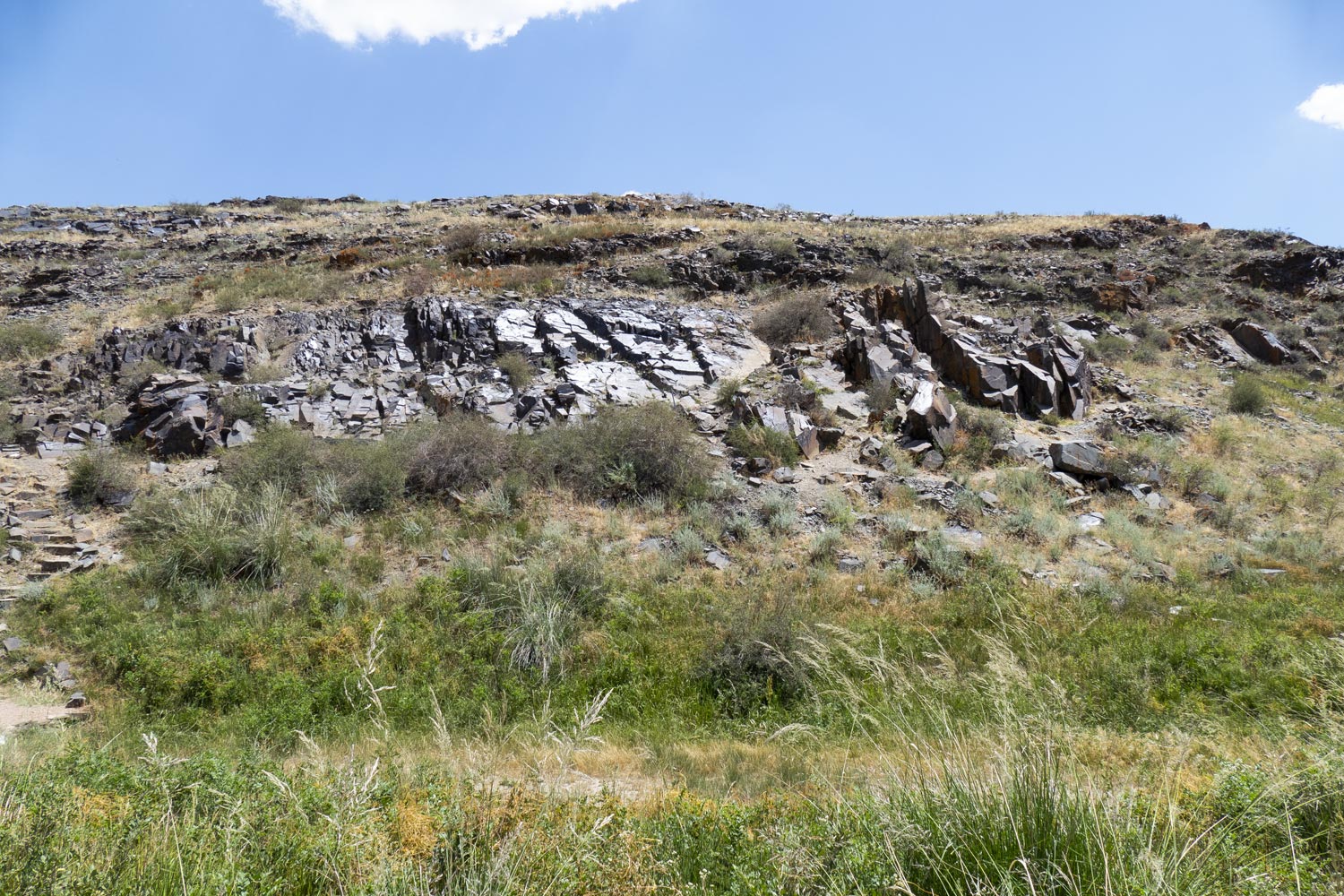
Even if you get up close, you still don’t understand right away what you’re looking for. It seems like just stones upon stones.
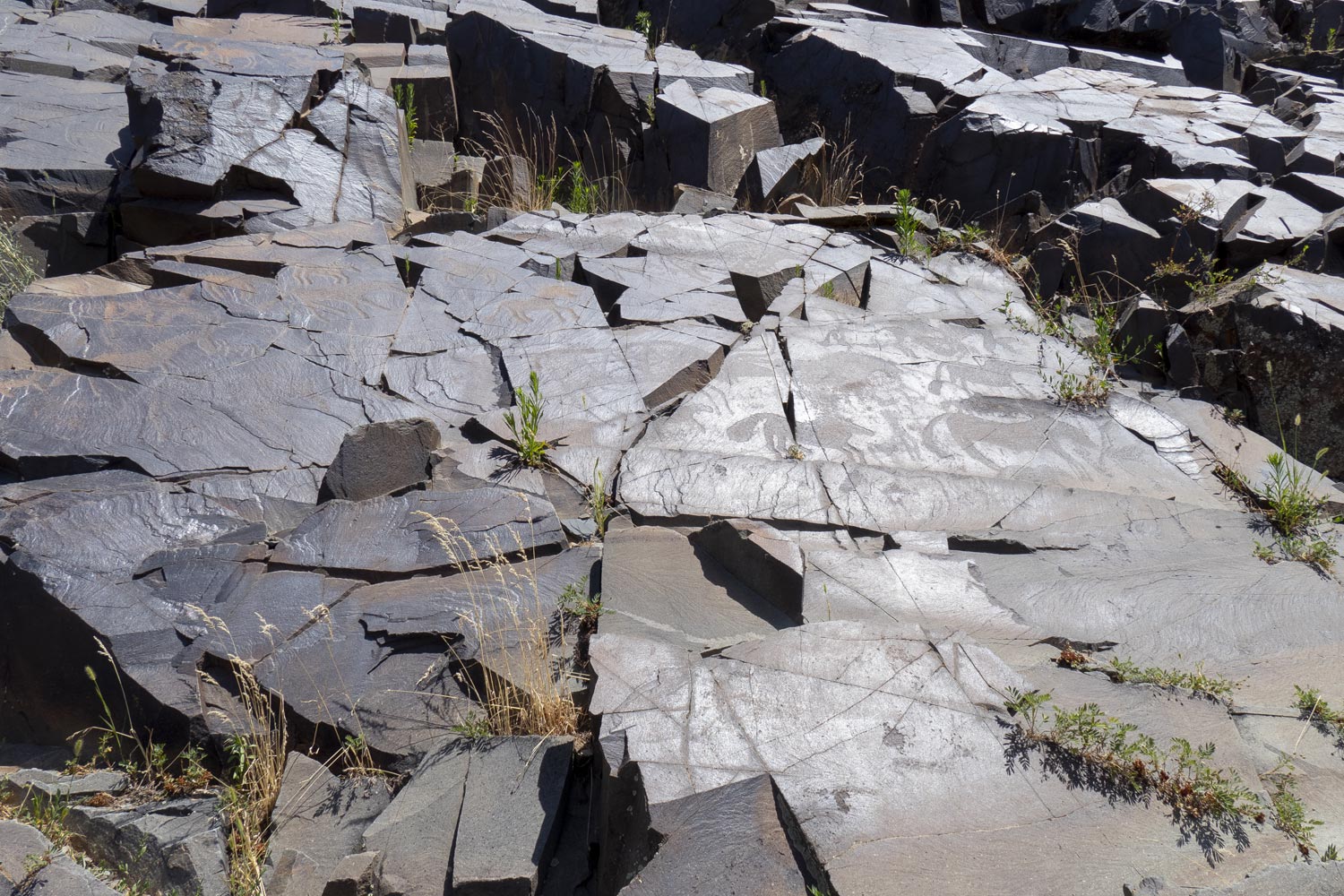
But if you stand at the right angle so that the stones do not reflect the sun directly into your eyes, suddenly rock carvings appear.
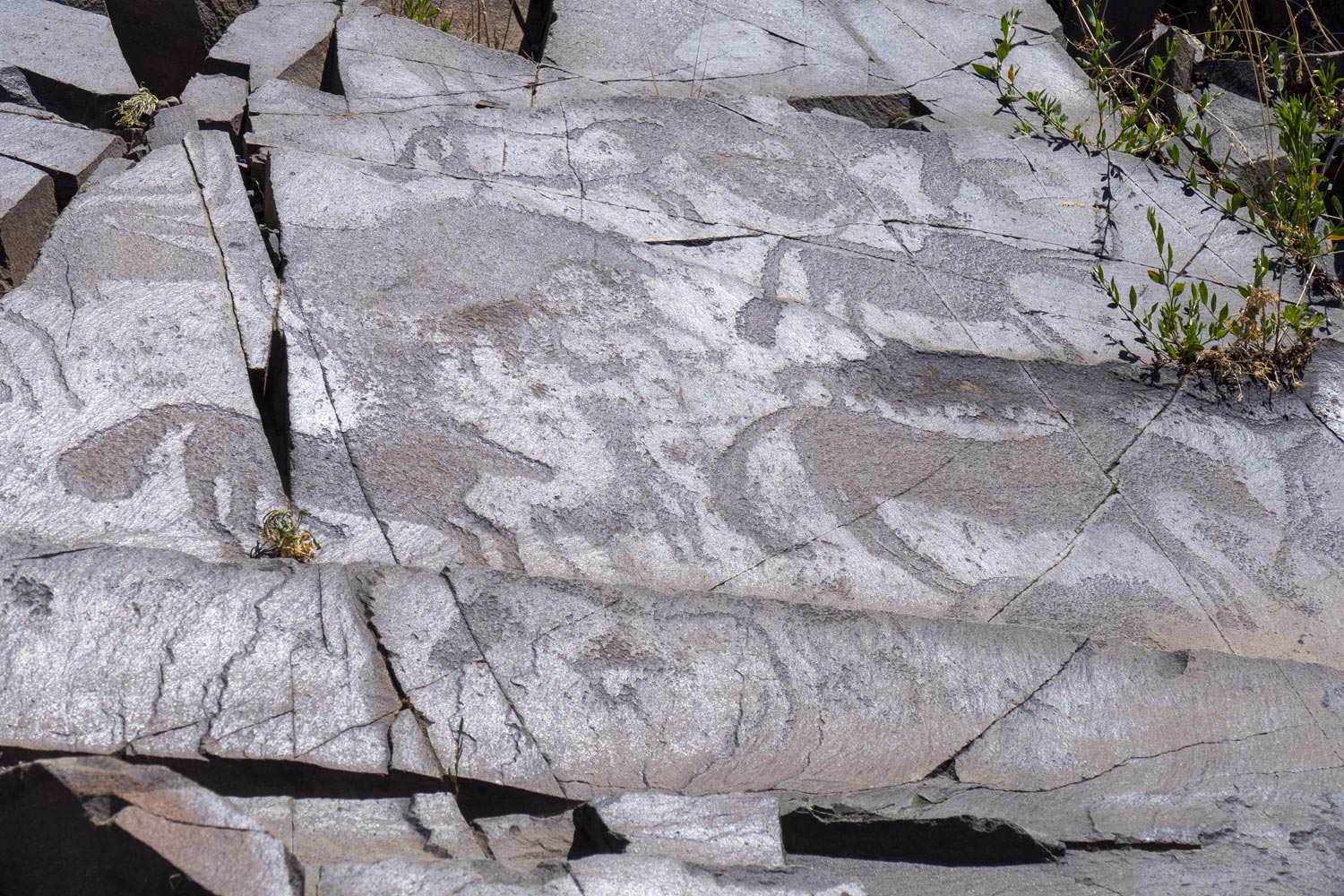
And that’s where your jaw just drops because there are not two or three drawings, but all the stones are covered with them!
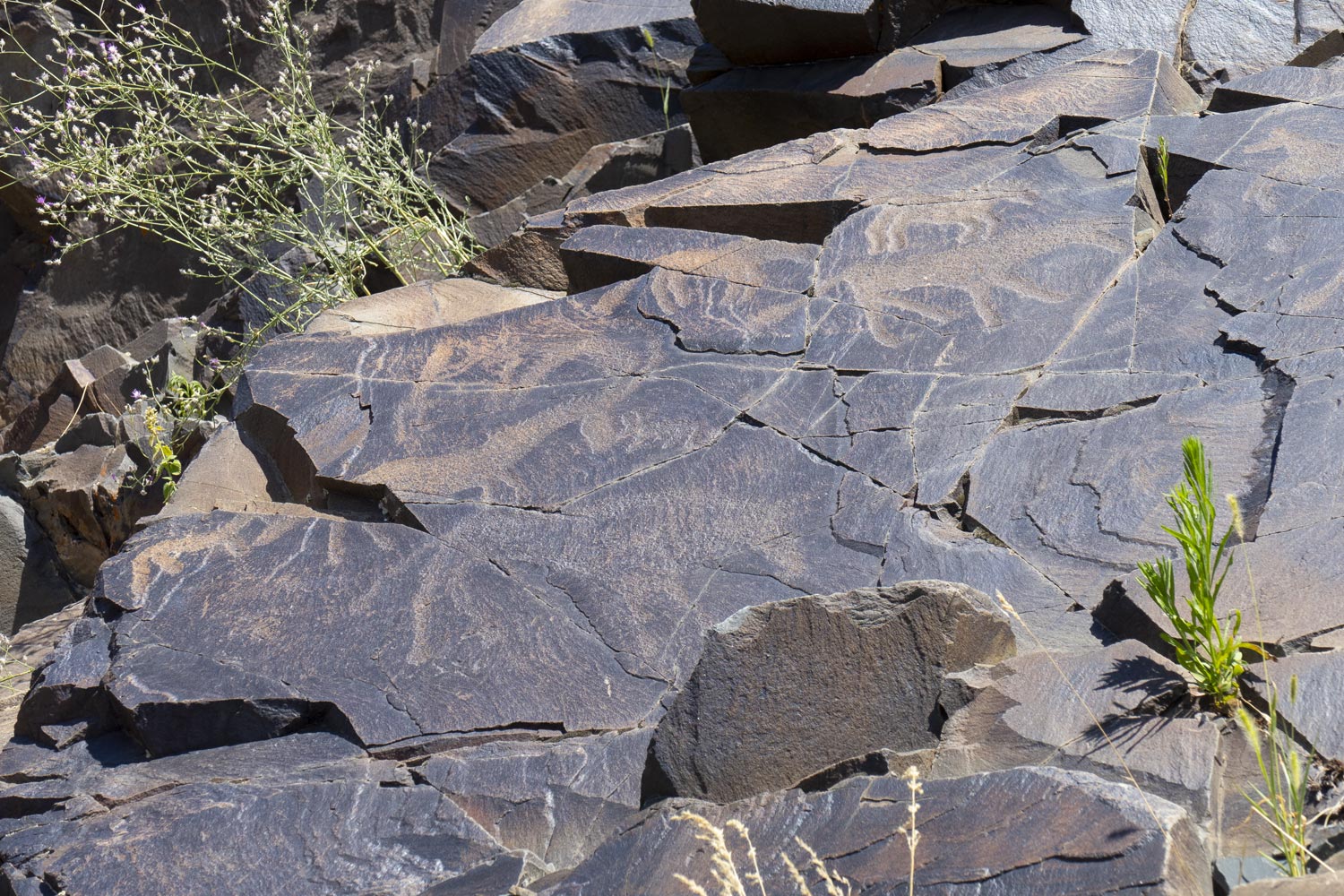
What did ancient people in Kazakhstan draw? They drew what they saw. For example, a hunting scene.
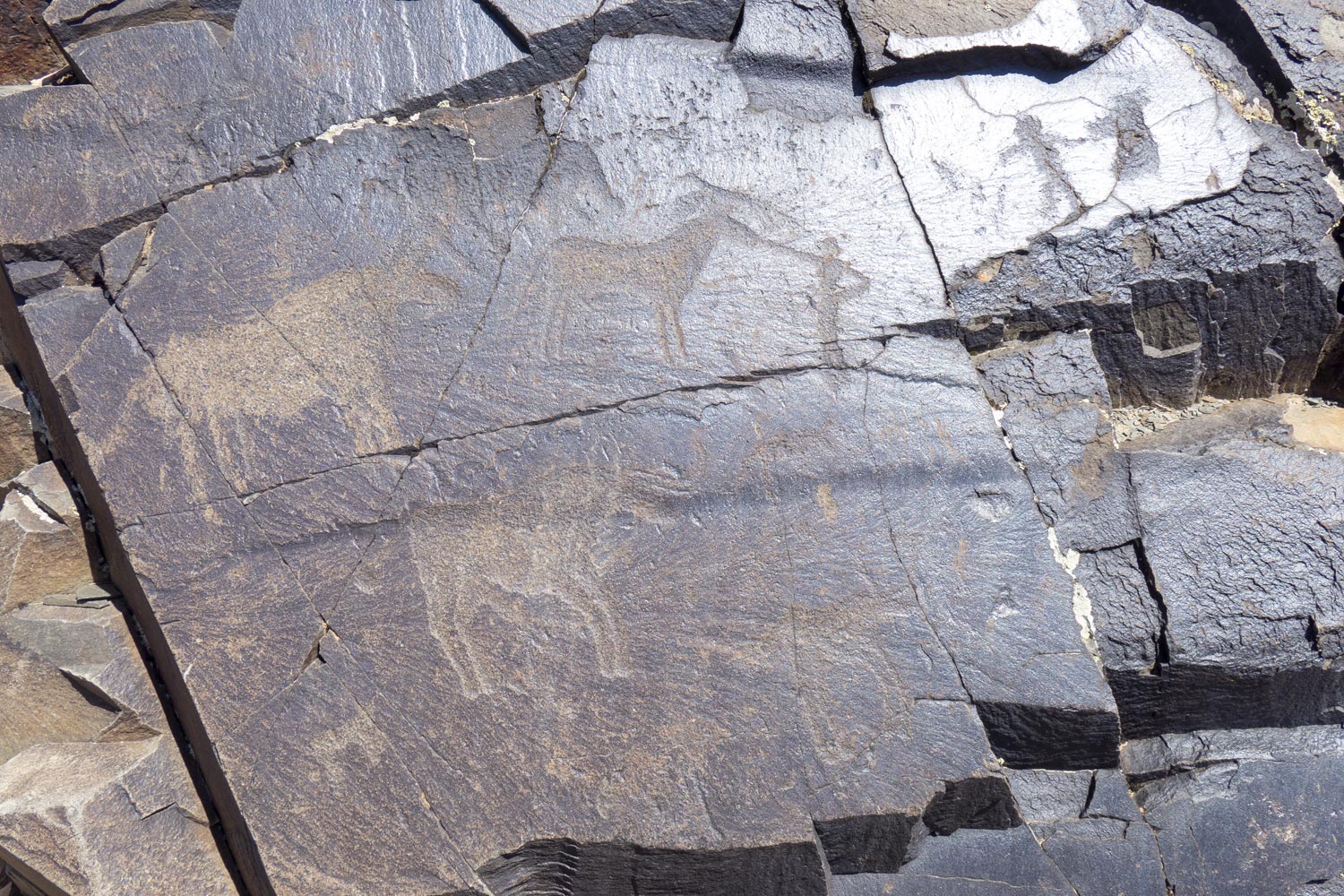
They depicted not only animals but also people. The animals turned out more or less okay, but they couldn’t draw people well. They carved a round belly and attached arms and legs to it.
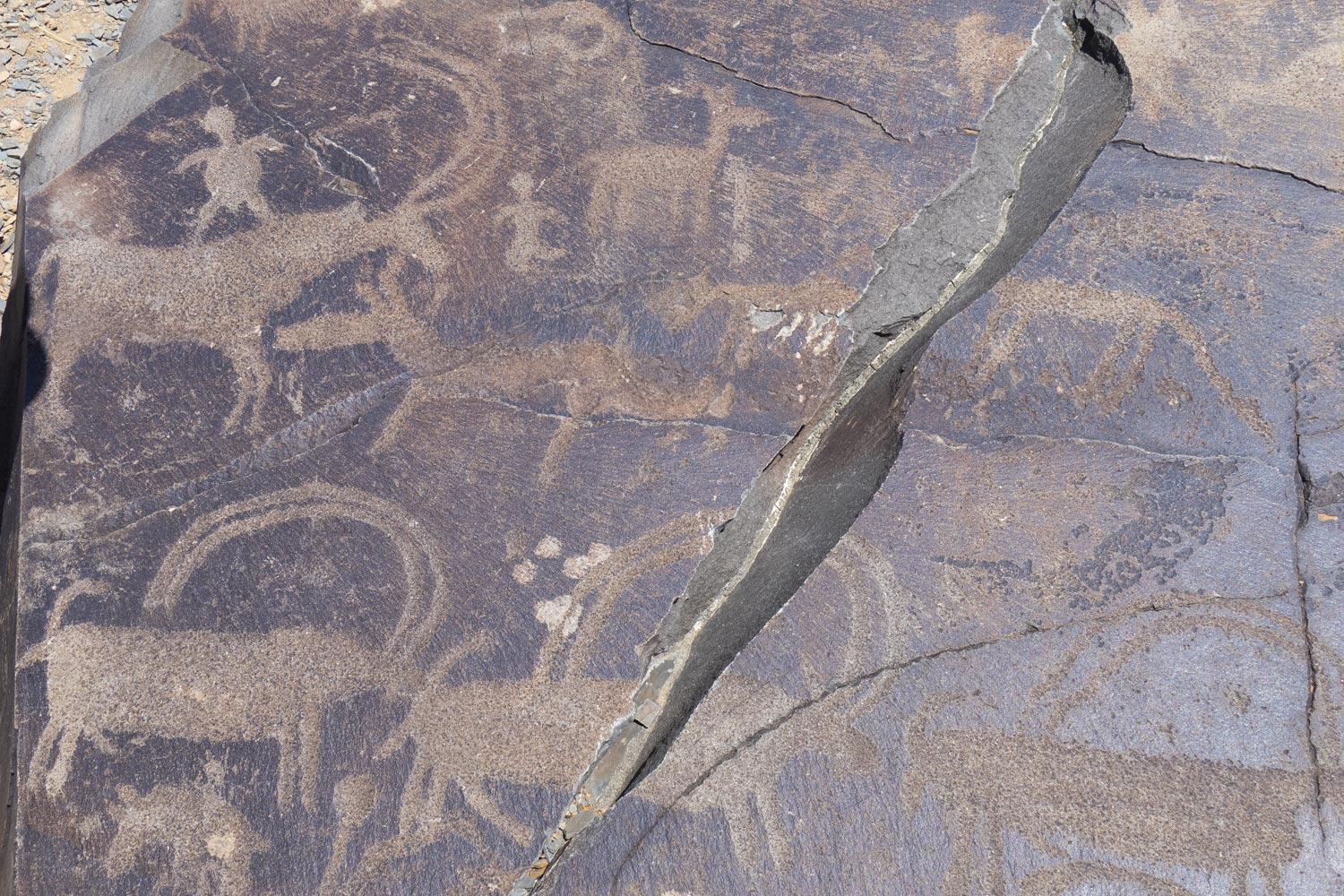
One of the highlights of Tanbaly is a prehistoric sex scene. It may be the world’s first pornography. The drawing depicts a woman sitting on top of a man. At first, it seems like just some imagination and nonsense in the drawing. But if you compare it to other figurines, it becomes obvious that these are two people on top of each other.
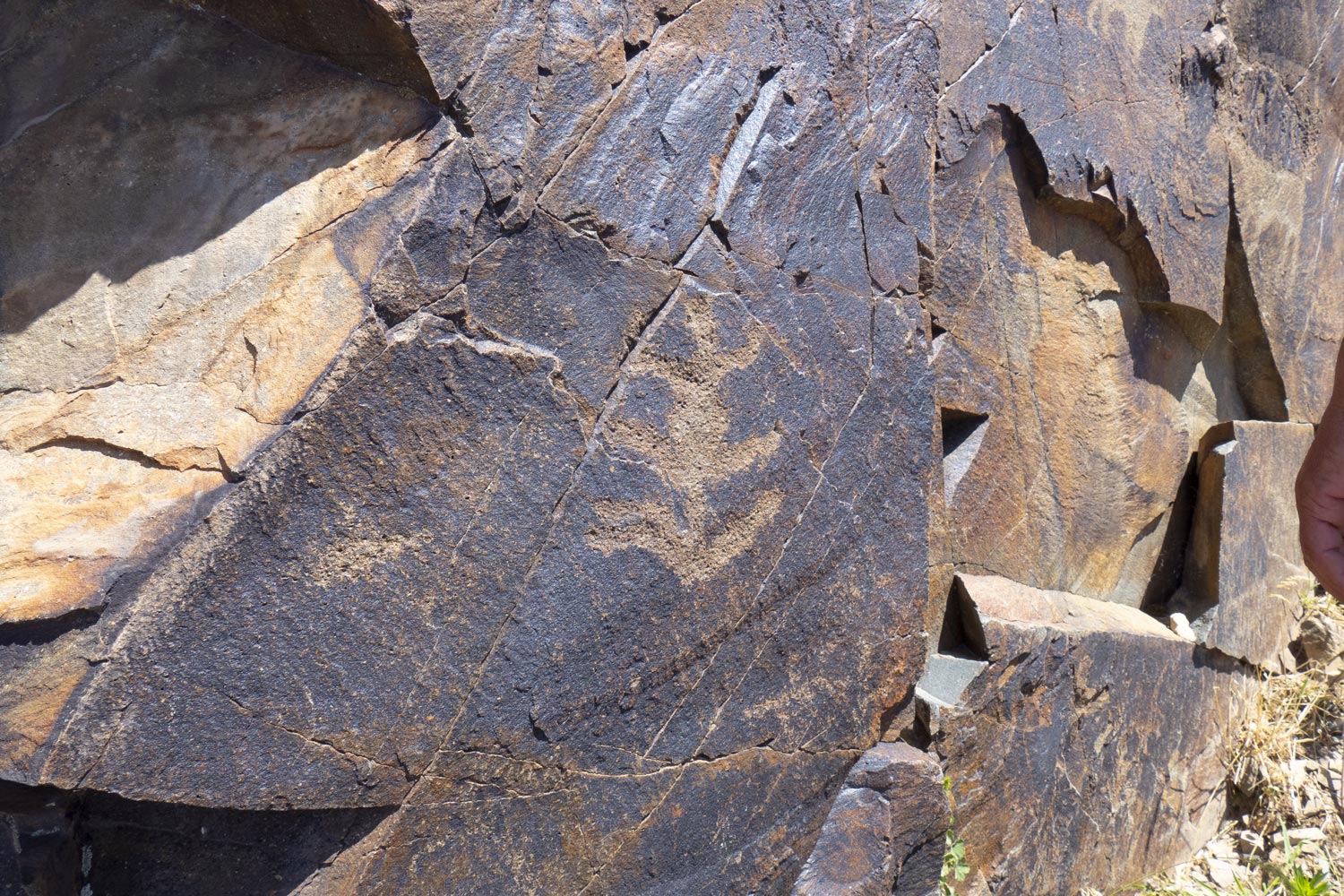
More sex. Another position.
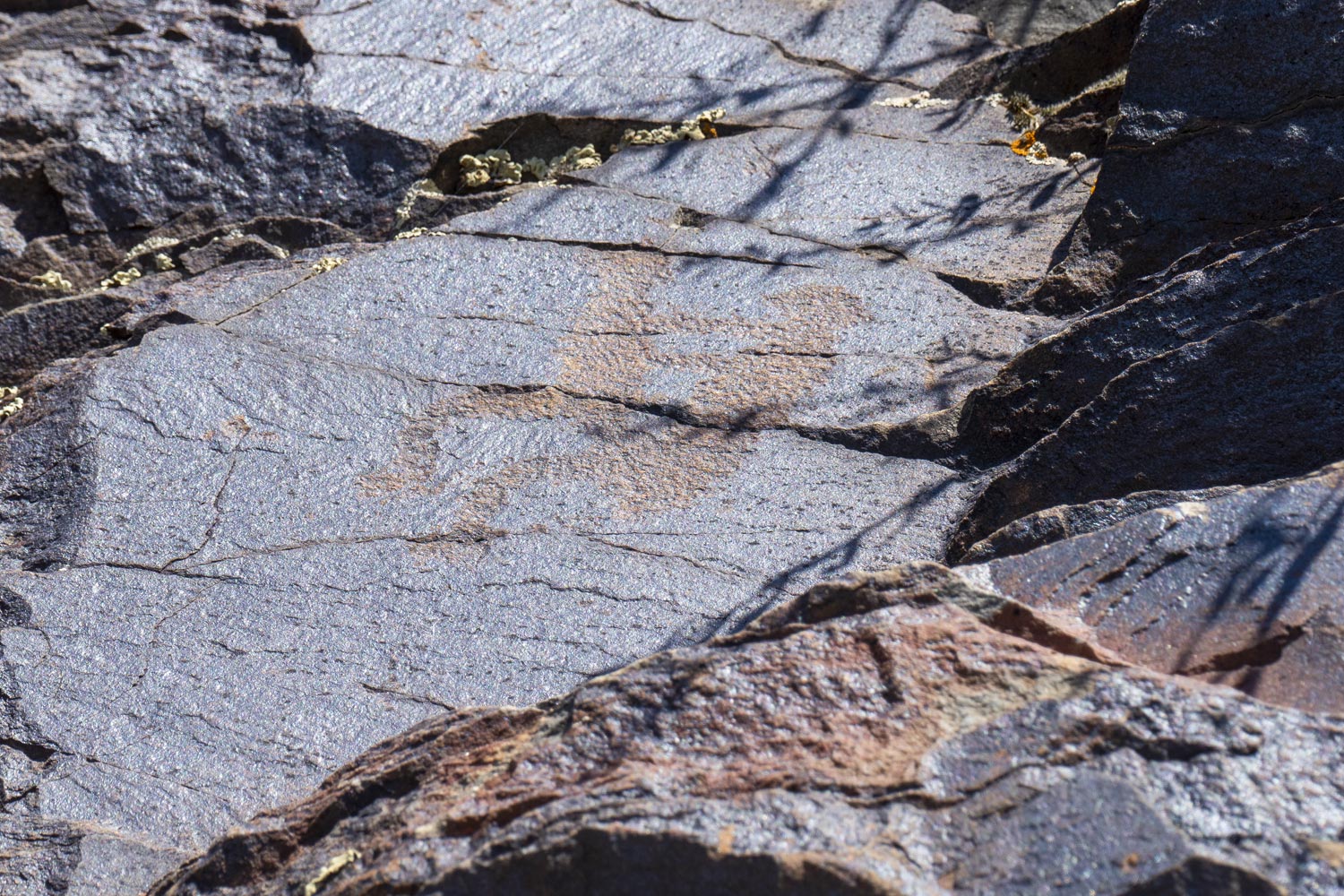
A classic scene: an archer riding on an animal. It’s actually a horse. Later, they added horns to it. Over several centuries, the drawings were damaged by weather conditions, and new generations of artists not only updated them but also added new details.
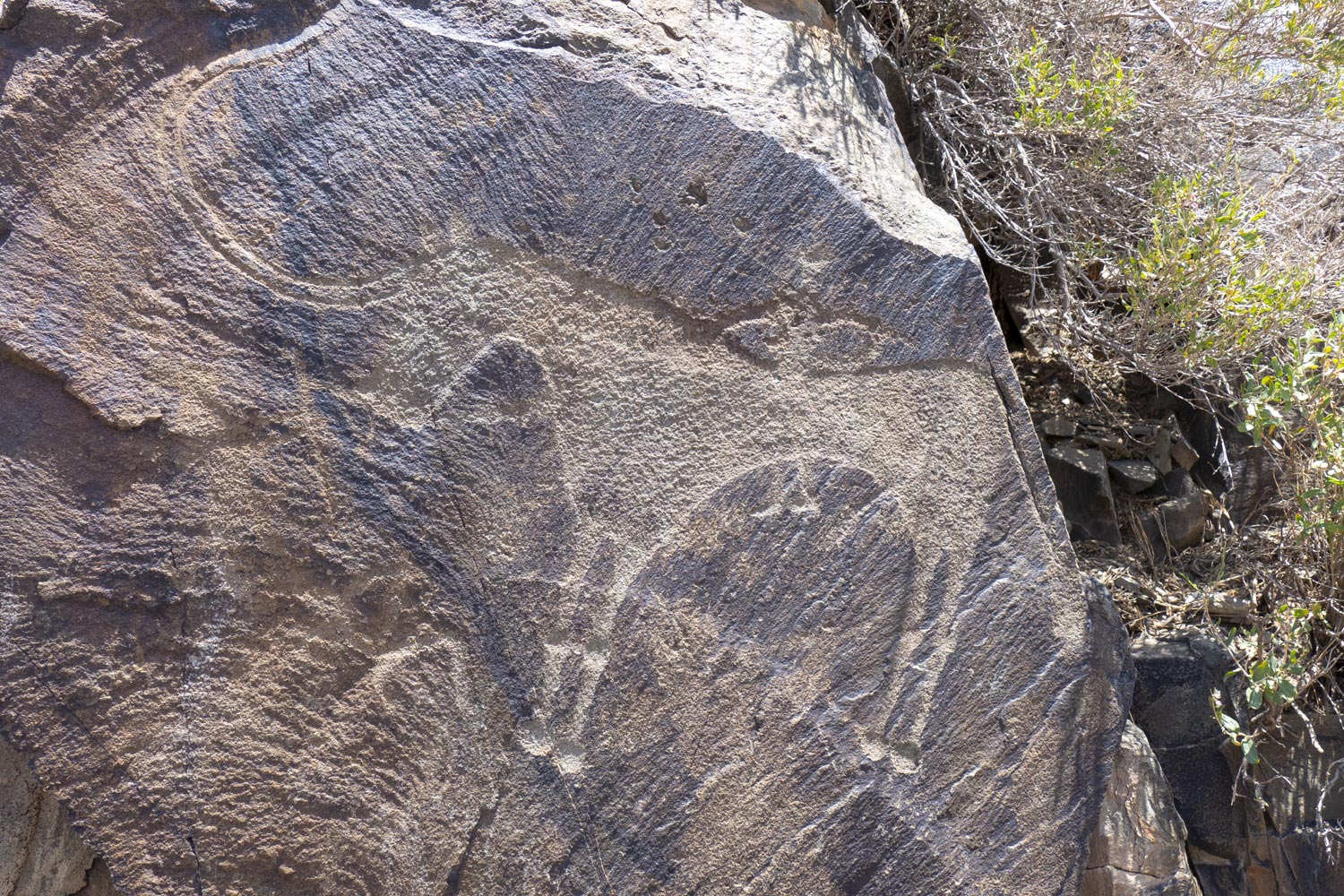
A scene of dancing. Perhaps people are celebrating a successful hunt.
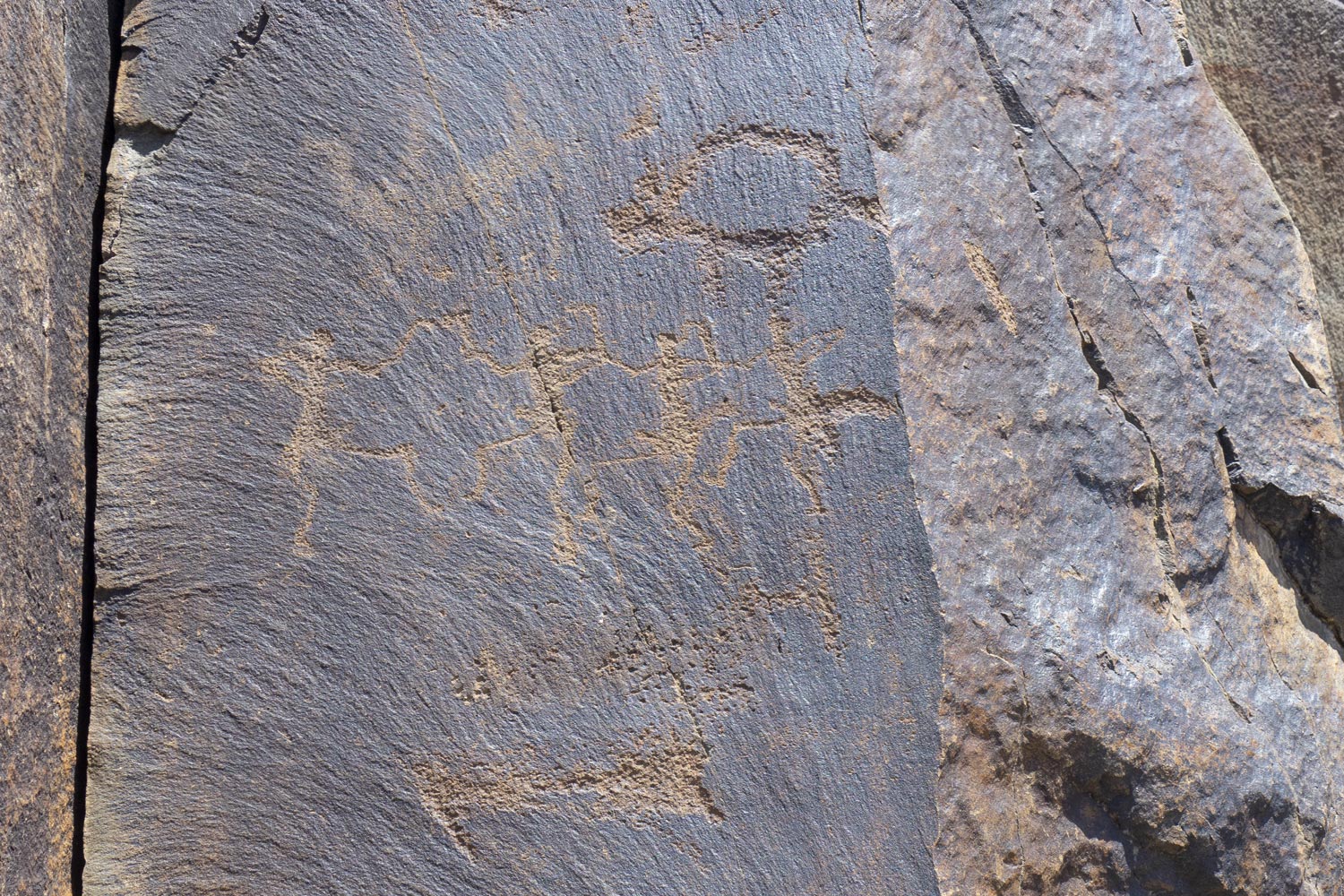
A masterpiece: a calf is depicted inside a cow. Ancient people understood the concept of pregnancy, although, as far as I know, they did not associate it with sex. There are still tribes today who believe that children are conceived inside women by themselves.
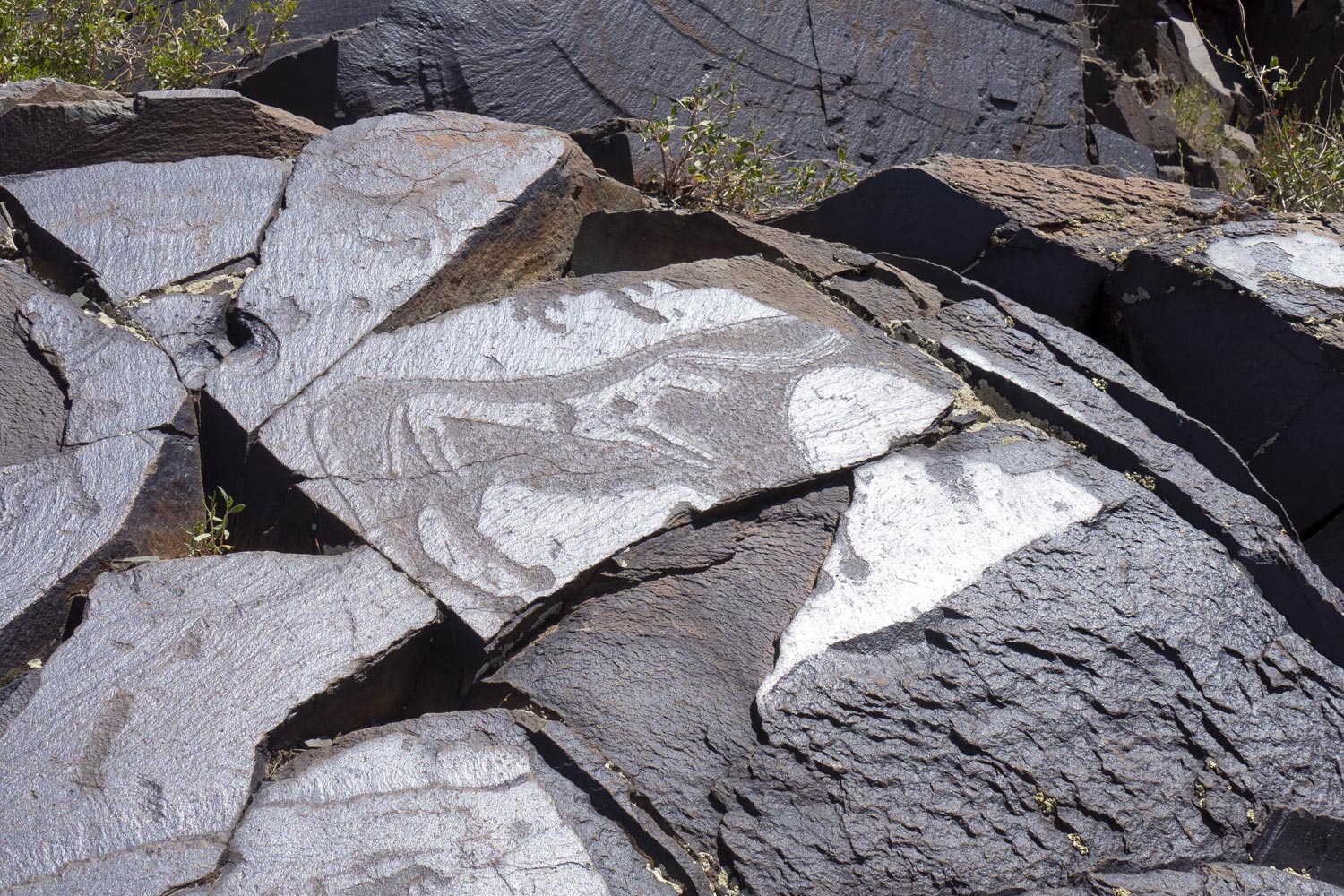
And here is the first mystery. One of the slabs depicts a mammoth, although mammoths became extinct 3,000 years before these drawings appeared and never lived in the vicinity of Almaty.
Seeing such drawings, conspiracy theorists immediately come up with an alternative history: either mammoths lived much longer than historians tell us, or ancient people are much older than we think.
Only the most obvious version is not considered: the drawing was simply ruined by the artist while updating it. He wanted to add horns, but ended up making them so thick and crooked that they look like a trunk.
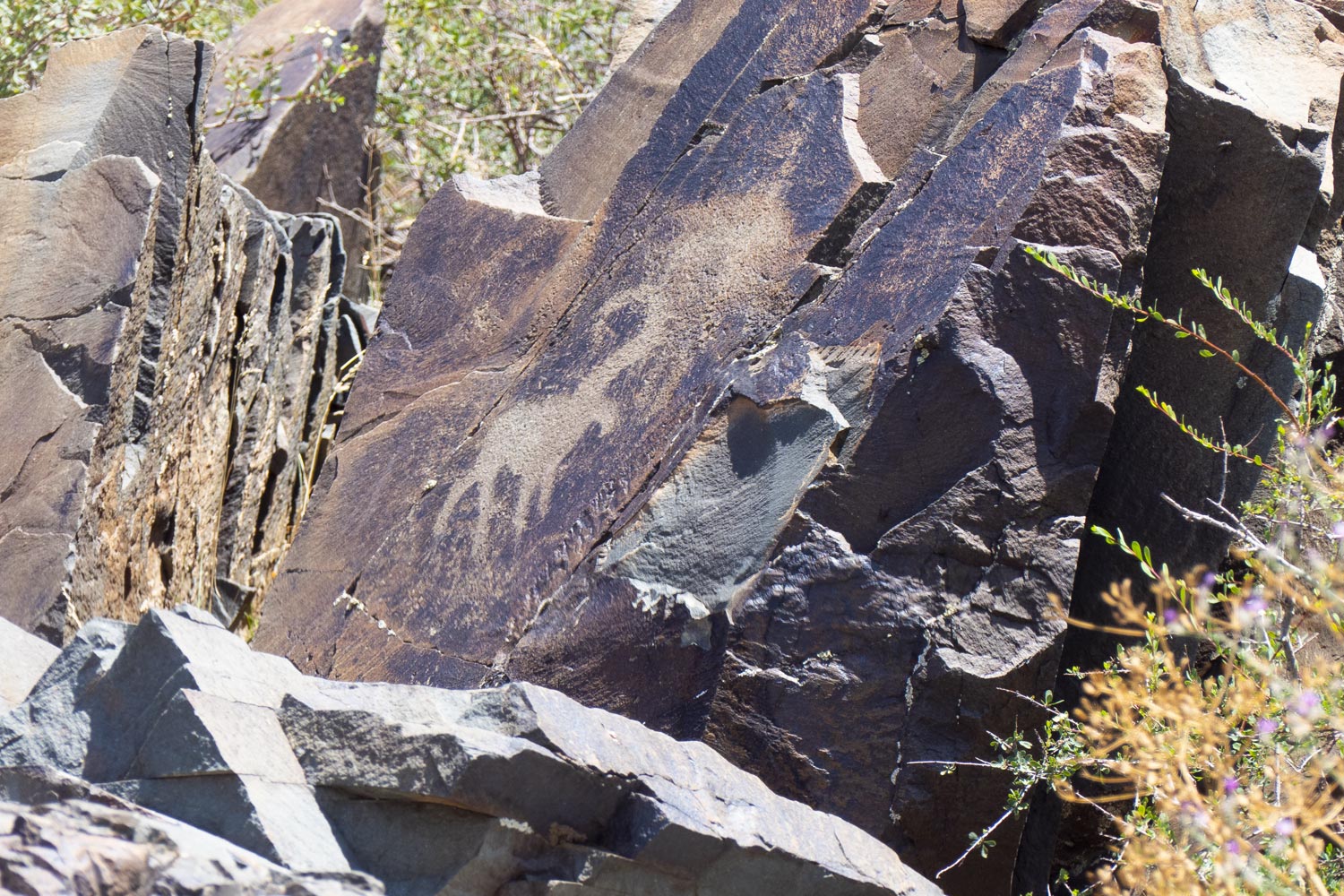
But then there are drawings that are even more bizarre. On the stone, people are depicted with rings or hooks instead of hands, a strange hat or helmet on their heads, and their bodies are shapeless, as if in a large coat.
These are the ’Ryazhenye’ (Russian: Mummers). Most likely, the ’Ryazhenye’ are priests dressed in animal skins performing a ritual. Of course, some people see them as extraterrestrial beings, but this version is very far-fetched.
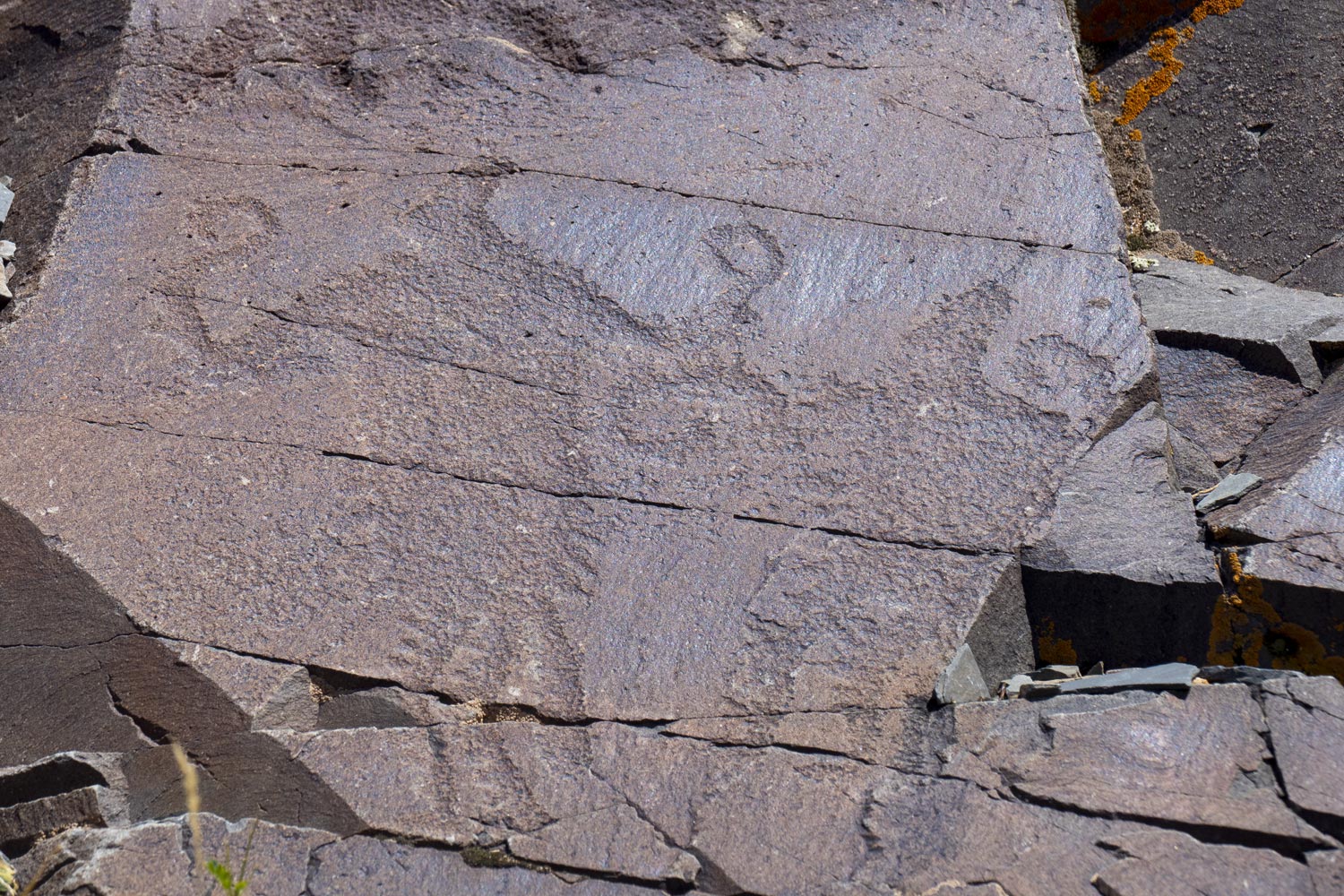
In contrast to the next image. Here, an unknown creature is depicted riding on an animal. Its body is human-like, but instead of a head, there is a huge sphere with speckles emitting rays.
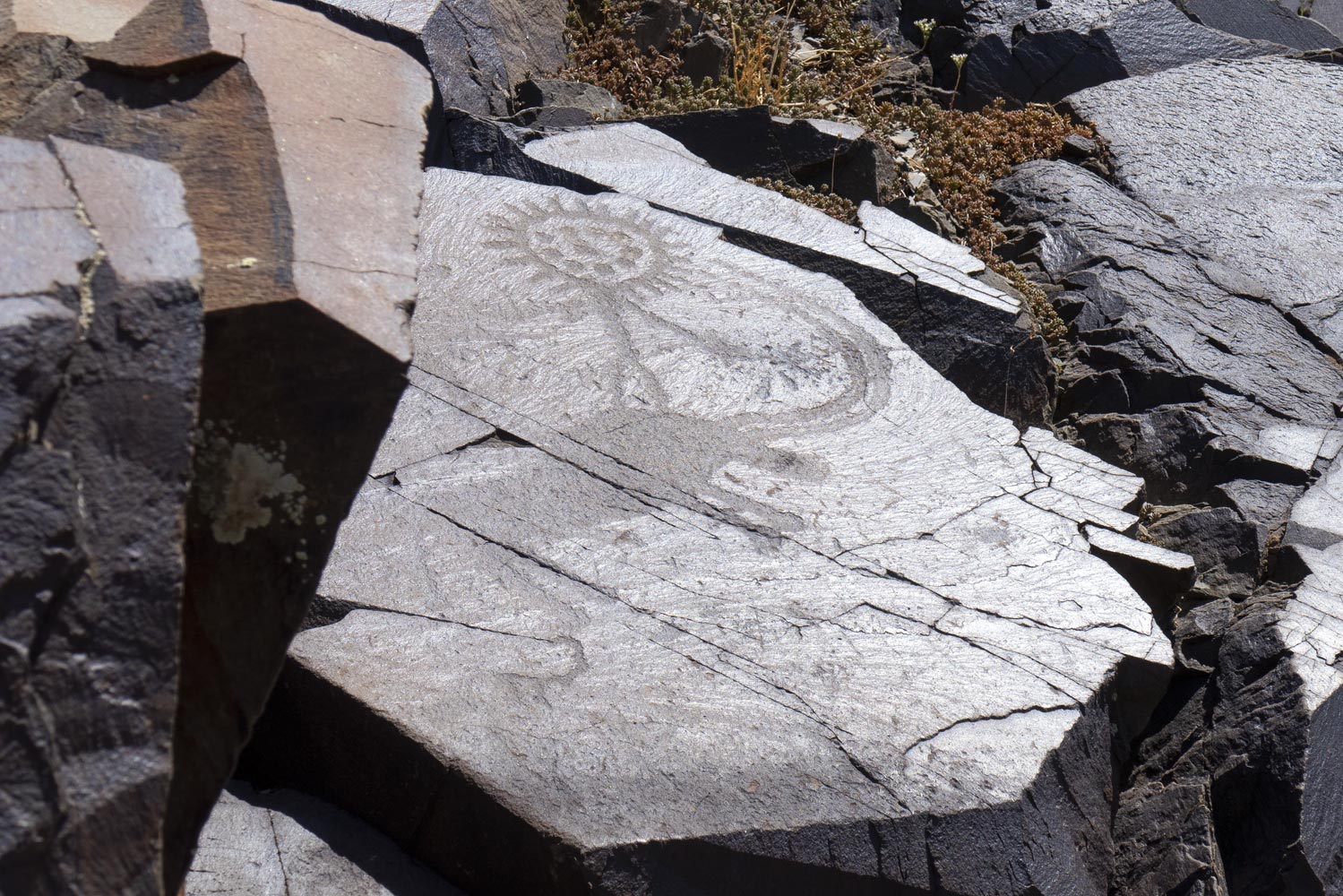
Another similar figure, blurry and accompanied by two other creatures, is located on the very top fragment of the stones.
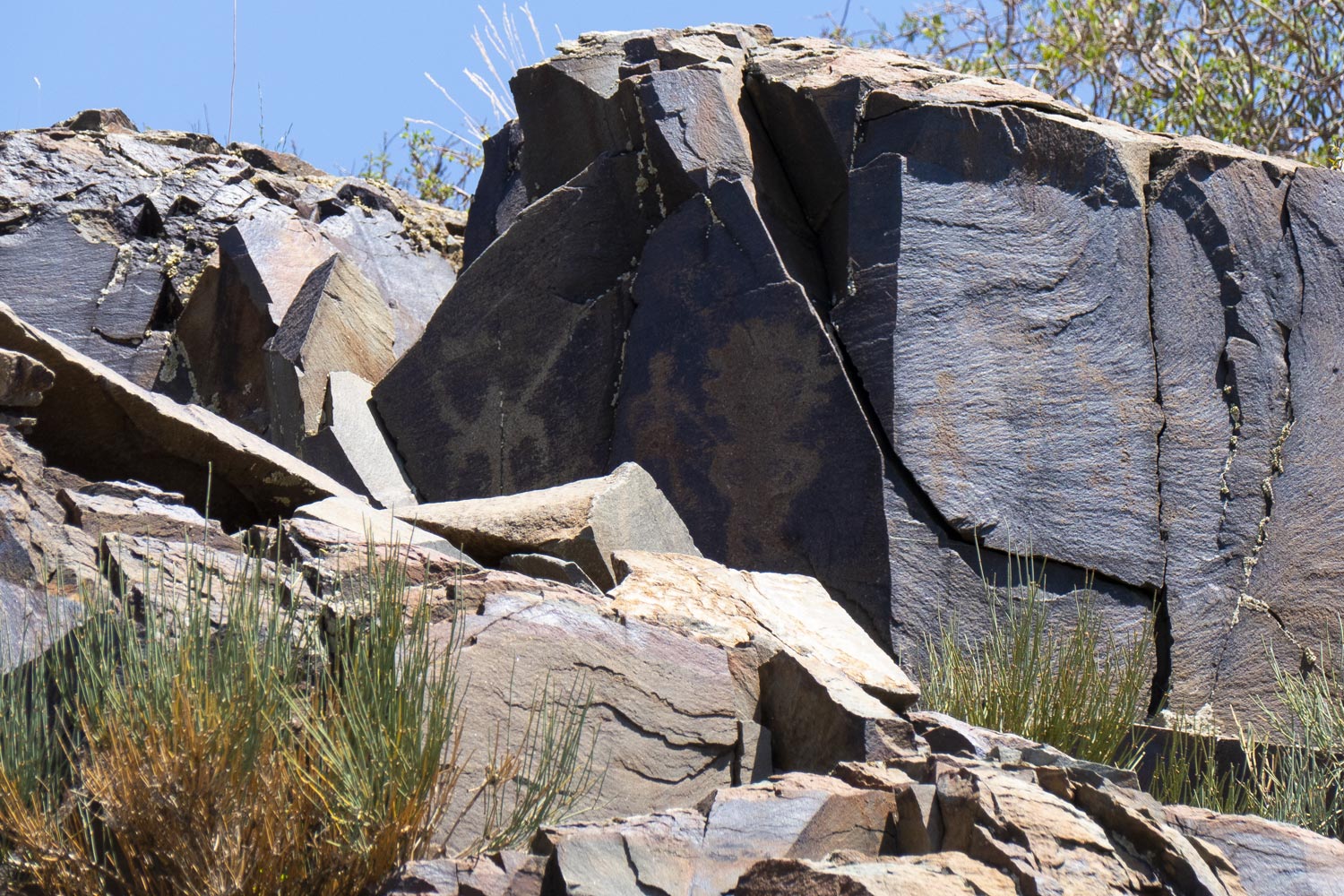
Images of these creatures are scattered throughout the Tanbaly. Some are heavily worn, while others are incredibly clear.
I’ll be honest. When I see something like this, my skeptical smile disappears for a moment and goosebumps run down my skin.
These are the sun-headed gods. The Cult of the Sun is the most natural religion one can imagine. Well, what else to worship if there is no knowledge about the world? Obviously, they worship the glowing sphere that gives light and warmth.
The question is only how ancient artists moved from depicting real animals, people, and scenes to depicting abstract, non-existent concepts? How did they come up with portraying something that they had never seen before?
The most interesting place in Tanbaly is the painting that depicts seven sun-headed gods and people who worship them.
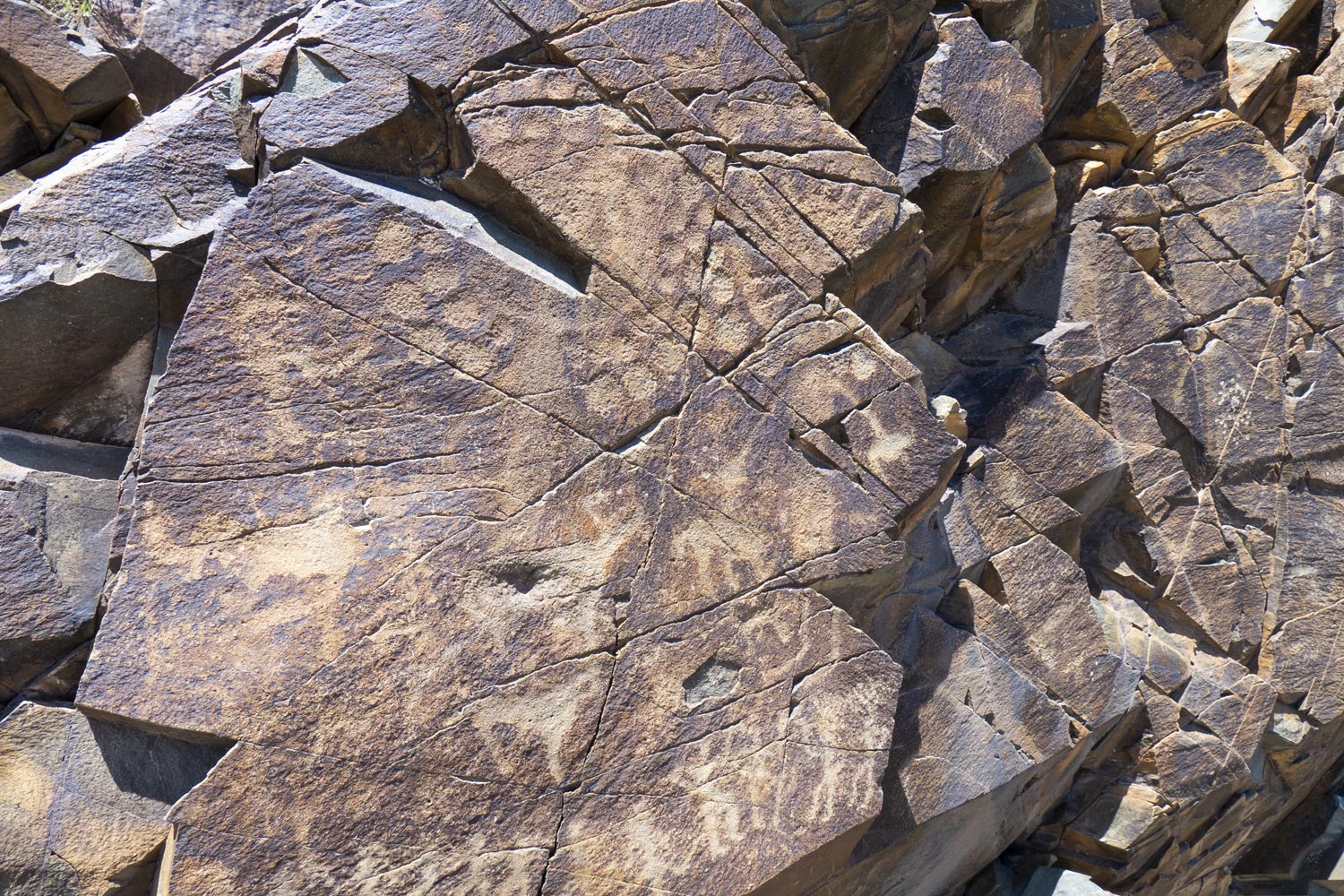
Due to the fractures, direct sunlight, and abrasions, it is very difficult to see all the details of the painting. Archaeologists restored the painting and applied it to a stone plaque.
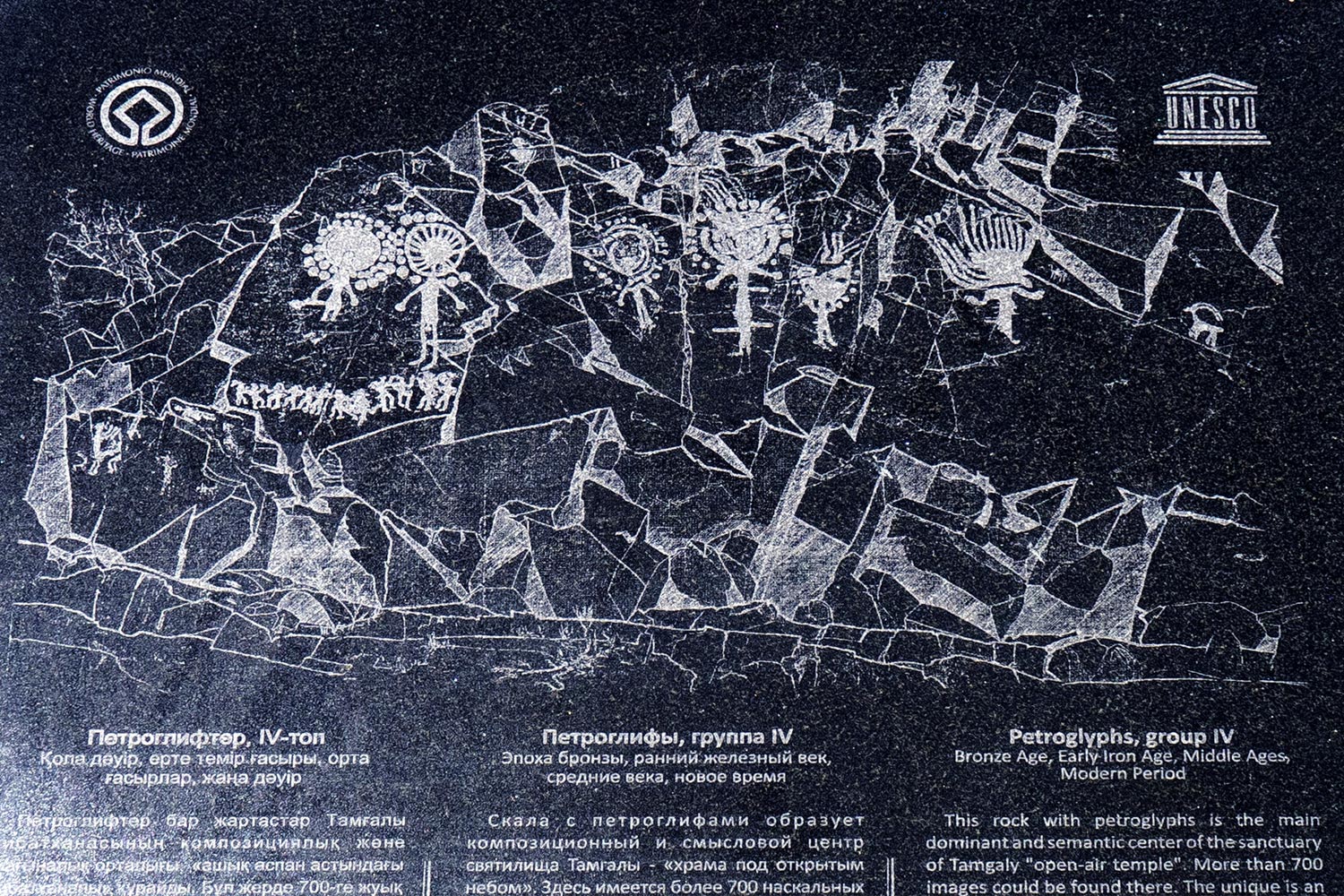
The image of the sun-headed god itself is often used in the symbolism of Kazakhstan. For example, on a commemorative coin of 500 tenge.

There are such places in Kazakhstan. I was sure that to see the petroglyphs of primitive people, one needed to go somewhere in Africa, but they were right under our noses, in the former USSR.


